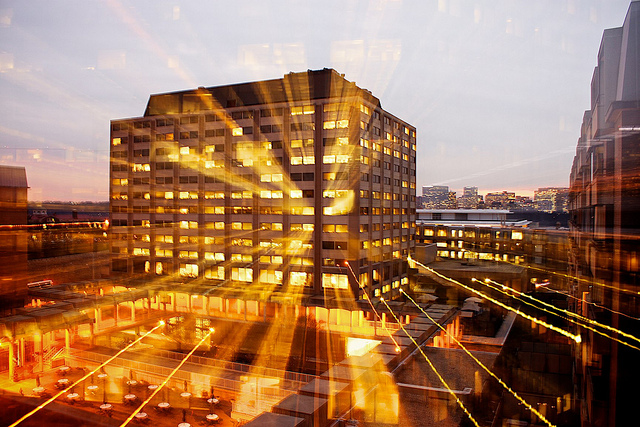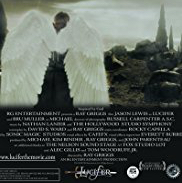
“Zoom-to-reveal” design (or ZTR as I’ll refer to it in this blog) is becoming more and more of a trend in the design world.
A few years ago, websites like Mapquest and Google maps introduced us to an old concept: zooming in to reveal more. You might be familiar with the work of Charles Eams and his Orders of Magnitude, but this concept of zooming in to reveal more information as it relates to the Information Age and not the Scientific World, is a newer concept. Let me explain.
With Google Maps, we can choose what information we want to see and on what level. You can choose Earth, continent, country, state, county, city, highway, road, sidewalk, ant… you get the idea. Stay at a higher elevation if you’re wanting to know where a person’s home is in relationship to the freeway; zoom in closer if you want to see where a person’s home is in relationship to the street (ie: end of the cul-de-sac, before the right turn, etc…).
So now companies are using this mentality with designing their sites. Stay at a higher elevation if you’re wanting to know where this company is in relationship to the industry (how do they compare with the other guys?); zoom in closer if you want to see where this company is in relationship to its clients (who are they working with?); zoom in even closer if you want to see where this company is in relationship to specific projects it’s producing (why are they different/better/smarter?).
The best example of this is Leo Burnett’s website: a creative ad agency in Canada. As you’ll see (after you’ve spent three hours of your life playing with their website), they apply this technique to their world quite brilliantly.
Another example I can’t cut & paste here is what TBS (a TV network in the U.S.) is doing with their graphics packages.
We found this website (browsegoods.com) — again, a perfect example of how ZTR is being used effectively in the design world.
What do you think? Is this just a fad or a new way of communicating in a visual world?
[image used with permission from Creative Commons by Yogesh Mhatre]








